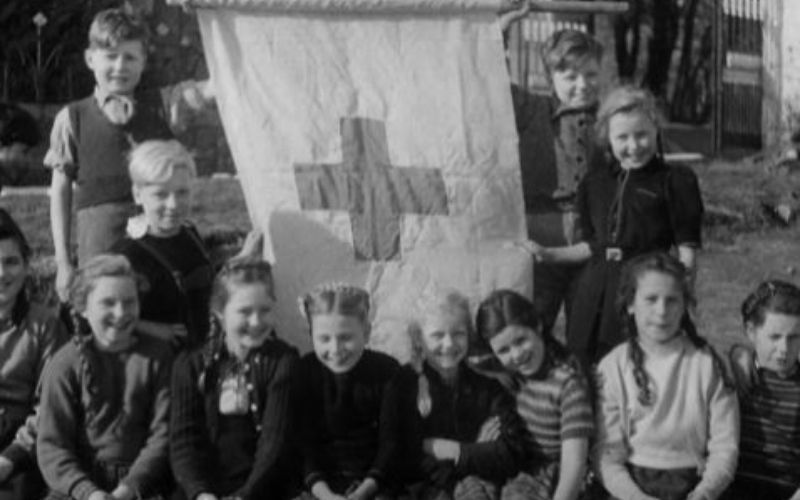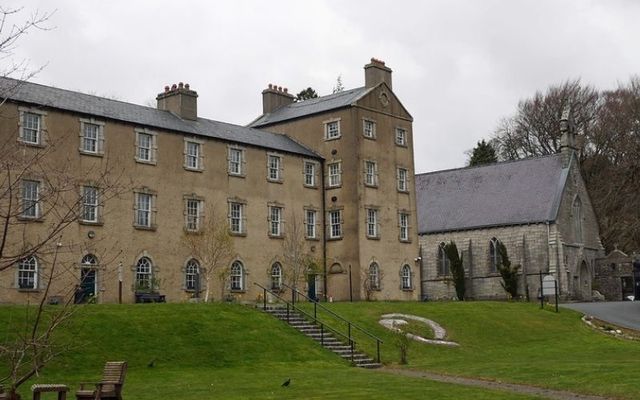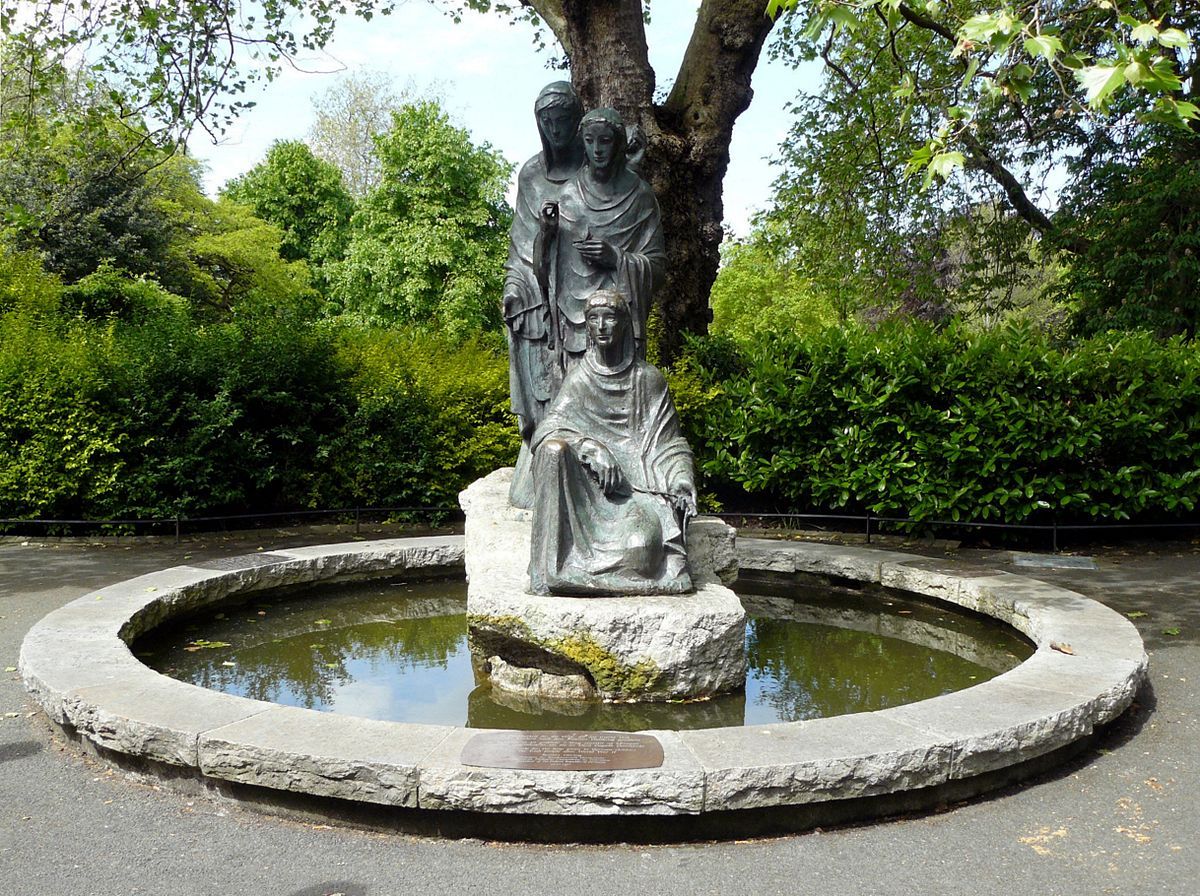 10-05-21, 02:07
10-05-21, 02:07
|
#1
|
Join Date: Feb 2011
Posts: 47,657
Thanks: 27,646
Thanked 14,458 Times in 10,262 Posts
|
 Shamrock Children: WWII German Refugees Found Shelter in Ireland
Shamrock Children: WWII German Refugees Found Shelter in Ireland
The Shamrock Children: German Refugees Who Found Shelter in Ireland After WWII
As Germany smoldered in the wake of the Second World War, a huge humanitarian campaign was launched to bring starving German children to Ireland in a period of Irish history that is often overlooked.
Irish Central, 10 MAY 2021.

In July 1946, dozens of German children stepped off a passenger ferry at Dun Laoighaire Pier, kickstarting a proud period in Irish history that is often overlooked.
The children were the first German refugees to arrive in Ireland after the Second World War during a campaign known as Operation Shamrock that would span half a decade and ensure that hundreds of German children were able to flee the hardships of a country still reeling from the brutal impact of the war.
Several German cities were leveled during Allied bombing campaigns toward the tail end of the war, causing untold pain and suffering and leaving millions of civilians homeless, impoverished, or starving. Many parents were no longer able to care for their children and were instead forced to send them abroad to ensure their health and wellbeing.
As the winter of 1945 drew nearer, the threat of starvation and death in Germany became greater, prompting Dr. Kathleen Murphy to establish the Save the German Children Society (SGCS) in Dublin in October 1945. Dr. Murphy had seen hundreds of French and Polish children arrive in Ireland through the Irish Red Cross and hoped to save "as many German children as possible from death by starvation".
Dr. Murphy's efforts to bring German children to Ireland as refugees in the winter of 1945 were thwarted by pro-Nazi and anti-British individuals who infiltrated the SGCS and gave the society a bad reputation among the Allied Forces in Europe.
In spite of its bad reputation in Europe, more than 280 Irish families had offered to foster German children by December of the same year, but the British authorities in Germany refused to allow German refugees from traveling to Ireland if the SGCS was part of the plan.
The SGCS asked the Irish Red Cross to petition the Allied Forces on its behalf to combat this obstacle and the Red Cross eventually secured permission to transport German refugees to Ireland in July 1946 as part of Operation Shamrock
On July 27, 1946, the first 88 Shamrock children arrived in Dun Laoighaire via passenger ferry. The Save the German Children Society was not aware of their arrival and did not participate in their transport, although it did regularly check up on children once they arrived at their foster homes.
The children were offered cocoa and buttered bread by Red Cross nurses when they stepped off the ship - a moment of bliss for children who endured unimaginable pain and hardship in wartorn Germany.
Tony O'Herlihy, an amateur historian who has conducted extensive research into Irish aid to Germany, said that the children were also offered oranges when they stepped onto Irish soil. However, they had never seen oranges before and mistook them for Irish apples, biting right through the skin.
 After their first taste of Ireland, the children were taken to one of three centers. Some were taken to centers in Louth and Donegal, but most were taken to St. Kevin's Hostel in Glencree - a small village with a storied history in the heart of the Wicklow Mountains.
After their first taste of Ireland, the children were taken to one of three centers. Some were taken to centers in Louth and Donegal, but most were taken to St. Kevin's Hostel in Glencree - a small village with a storied history in the heart of the Wicklow Mountains.

Physical evidence of the bond between Ireland and Germany lies in St. Stephen's Green in Dublin City Center. In 1954, the German Gratitude Fund donated the Three Faites Fountain to the Irish people as a gesture of thanks for their help during Operation Shamrock. It remains in St. Stephen's Green to this day.
|

|

|